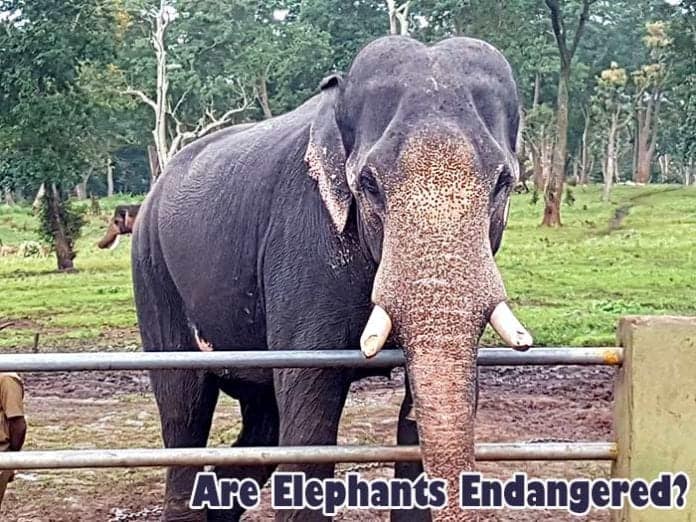
Are Elephants Endangered? Distinguished by their long trunks and huge bodies, elephants is considered to be the largest known living land animal in the world. Along with their extinct relative, the mammoths, elephants are from the family of herbivorous mammals known as the Elephantidae.
Regarding appearance, they are characterized by having brown to gray coloration with numerous coarse body hairs. Elephants usually thrive in a wide range of habitats like rainforests, savannas, grasslands, and even deserts and highlands.
Once considered very widespread across Asia and Africa, the elephant population has significantly diminished since the 20th century. Scientists regard elephants as animals with no natural predators.
However, why is their number rapidly decreasing every day? Are African Elephants endangered? Throughout history, there has never been a period when they were considered to be safe.
Every day, elephants across the world face a multitude of threats such as exploitation (hence under threatened species list), habitat loss, and (anthropogenic) climate change.
Table of Contents
Are Elephants Endangered?
The short answer is YES. Let us explore why elephants became vulnerable and endangered in detail below.
1. Exploitation
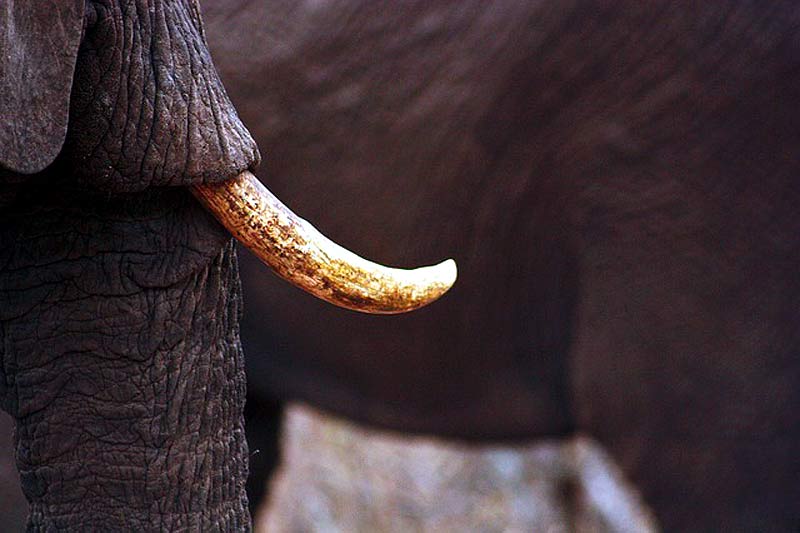
Ivory trade is known to be the illegal buying and selling of ivory from the tusks and teeth of elephants and other animals. Every year, thousands of elephants are hunted for their tusks, which are then put up for sale in the ivory trade.
- Ironically, while Central Africa is considered to be the most challenging area to study and conserve elephants, it always appears to be the first regarding elephant population loss.
- According to statistics, in the period between 1979 to 1989, more than half of the total population of elephants in Africa had already been wiped out due to the ivory trade.
- African elephants became endangered just within the last 3 decades. Between 2010 and 2012 alone, more than 100,000 African Elephants were killed by poachers. While it is still uncertain, the remaining population of African Elephants is estimated to be 500,000. If we consider the loss rate that drives the decrease in their population, it would be about 2 to 3 percent annually.
- The ivory trade has already emerged as an act that somehow fuels organized crime, as the smuggling of elephant tusks can now be like the illegal drug trade.
- In many countries worldwide (mostly in Asia), the demand for ivory is exceptionally high as it is bought as an investment or a status symbol. In 2014, it was reported that the wholesale price for elephant Ivory in China reached up to $2,100 per kilo.
- Although less frequent, the retaliation against elephants is also one reason to blame. Usually, furious and agitated elephants tend to destroy crops and sometimes kill people.
- In India, some authorities hunt and kill elephants that have previously caused havoc in the neighborhood. In Indonesia, people kill elephants through poisoning.
- During the 1990s, the decline of the elephant population became very evident, which led to a complete ban on the ivory trade. The elephant species has been made into the Convention on International Trade in Endangered Species of Wild Fauna and Flora (CITES) list; that means all elephant-related trades, such as selling elephant body parts and ivory selling are entirely banned.
- The most critical threat to elephants today is poaching to furnish the illegal ivory trade.
- Sadly, not all African countries endorse the ivory ban. Farmers raise elephants for poachers in countries such as Zimbabwe, South Africa, and Botswana.
- However, there are still some growing but unvetted/illegal local ivory markets in many countries which aid the illegal international ivory trade.
![]()
2. Habitat Loss

Because of the growing population of humans, as well as the rapid development of infrastructures and settlement that comes with it, the areas of the natural habitats of plants and animals are reduced.
In the case of elephants, their natural habitats tend to become fragmented, and as a result, different groups become separated from the population. Because of this, elephants, usually in herds, find it difficult to look for food and water.
Aside from that, it also causes the reduction of their breeding possibilities, which eventually could lead to a decrease in their population’s biodiversity.
- Many scientists think that the poor habitats and habitat loss, with the addition of contact with humans, could eventually lead to the rapid decrease of the elephant population.
- Studies show that a significant portion of the world’s remaining local forests was converted for commercial profit. Most of the natural habitats of elephants have already been destroyed and transformed into residential areas and industrial lands.
- Habitat loss is also a problem when it comes to the food consumption of elephants. Because they feed on more than 270 kilograms of food daily, it would be tough to look for food sources when their natural habitats are already destroyed. On account of this, it would be very much costly to keep elephants captive. Check out the 101 elephant facts here.
- Another problem would be the area elephants can migrate to. With a tiny area to live in, resources in a particular location could quickly be depleted.
- Furthermore, there wouldn’t be enough time for such resources to rejuvenate before the elephants return after some time.
![]()
3. Anthropogenic Climate Change
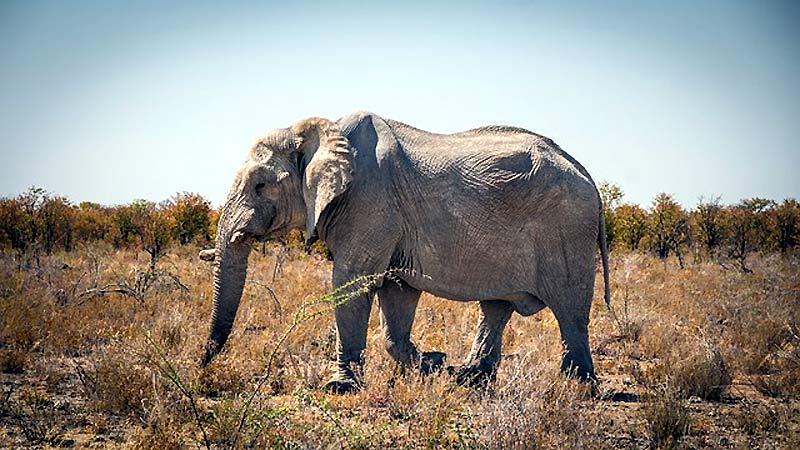
Climate change, or the change in the distribution of the world’s weather patterns, is also one primary reason behind the reduction in the population of elephants. Interestingly, the close relative of modern-day elephants, the Woolly Mammoths became extinct because of the extreme increase in the Earth’s temperature.
These animals, which had adapted to thrive in cold environments, had struggled to live in the changing environment but eventually couldn’t handle such heat.
Inconsistent pattern of rainfall, which is caused by climate change, also significantly affects the breeding of elephants (According to studies, elephant birth rates increase during rainfall peaks).
During drought seasons, food and water become less available due to decreased vegetation. The minimum water requirement of elephants ranges from 150 to 300 liters daily (They use it for drinking, playing, and keeping themselves moist).
- Elephants are herbivores, so they highly depend on acquiring nutrients from the vegetation they feed on. So if climate change could lead to the deaths of plants that these animals consume, elephants would suffer substantially.
- Aside from that, low water intake results in the female elephants becoming unable to reach the most favorable condition for reproduction. Added to this dilemma is the elephants’ extended gestation period, which takes about 22 months, and 4 to 6 years between each offspring.
- While droughts can significantly impact elephant populations due to the increase in deaths and decrease in reproduction rate, this type of phenomenon does not apply to the desert-adapted elephants in the northern parts of Namibia.
- Through the years, these elephants have adapted to extremely dry environments and prolonged droughts; however, occasionally, they also suffer from them.
![]()
Why Are Elephants Important?
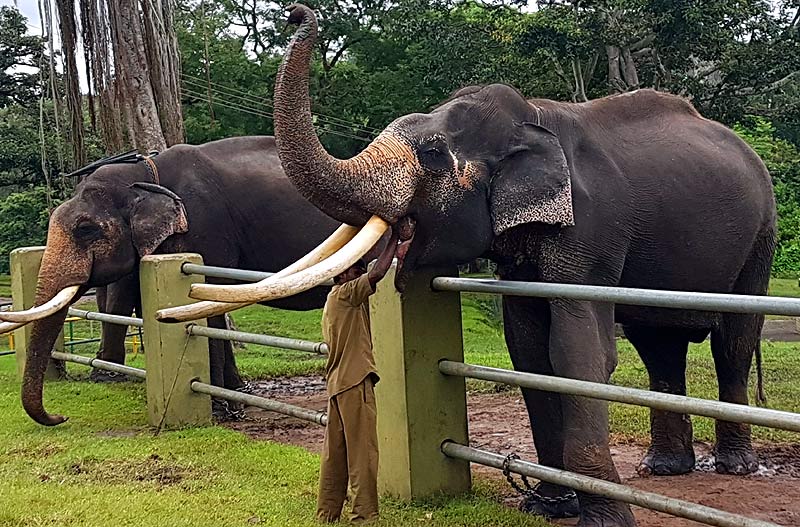
In the animal kingdom, elephants are considered to be one of the smartest living organisms with whom humans share the planet with. In some continents, particularly across Africa, elephants were respected as the people share the habitat with them, representing cultural importance.
Furthermore, elephants are considered to be a keystone species. As such, they serve as a species on which other organisms in the ecosystem depend, and when gone, they can significantly change the system.
Also, as keystone species, elephants help maintain the biodiversity of the environment they are living in.
- For instance, elephants tend to dig for water during dry seasons using their tusks. While they mainly do it to survive the hot weather, this activity also indirectly helps other animals obtain water.
- When they eat, elephants occupy considerable vegetation space. Because of these spaces created, new plants can propagate, and other animals have new pathways to use. Aside from that, some species of plants depend entirely on elephants for dispersal of their seeds.
- In other biomes like the savannahs, elephants consume shrubs and tree sprouts that help keep the plains open. With such space, many animals can inhabit the plains.
- Furthermore, the fecal matter of elephants contains vast amounts of seeds from the plants they feed on. When such material is left in the soil, the seeds get deposited and eventually grow into plants, thus ultimately enhancing the diversity of the region.
![]()
Challenges Associated with Elephant Population Conservation
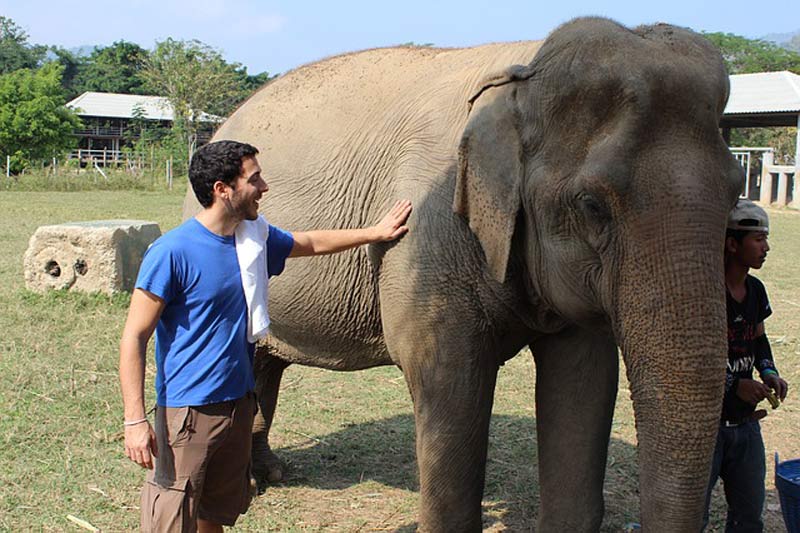
In general, elephants are one of the many endangered animal species that reflect the challenges in the resource optimization and resource integration for their conservation. Moreover, as mentioned earlier, various factors affect the condition and survival of their remaining population.
Addressing the problems related to it is very complicated because there are many differences regarding the views and culture of people, as well as the habitats and infrastructures people and elephants live in. Furthermore, strategies to conserve the population of wild elephants and elephants in captivity are still unclear.
- However, various conservation efforts are already being made to prevent a further decrease in the elephant population. Various organizations like the World Wide Fund for Nature (WWF), Wildlife Conservation Society (WCS), The Asian Elephant Foundation (TAEF), and the Elephant Parade are geared toward this goal.
- Also, a law known as the Asian Elephant Conservation Act was formulated to assist in the conservation of elephants in the region. Interestingly, the law also provides funding for proposals that match the purpose of the law.
![]()
As alluded earlier, by nature, elephants have no natural predators, and yet, their number rapidly decreases every day.
Humans were once blamed for the extinction of the mammoths, but the present generation will determine what will happen to the world’s remaining elephant populations.
![]()
















